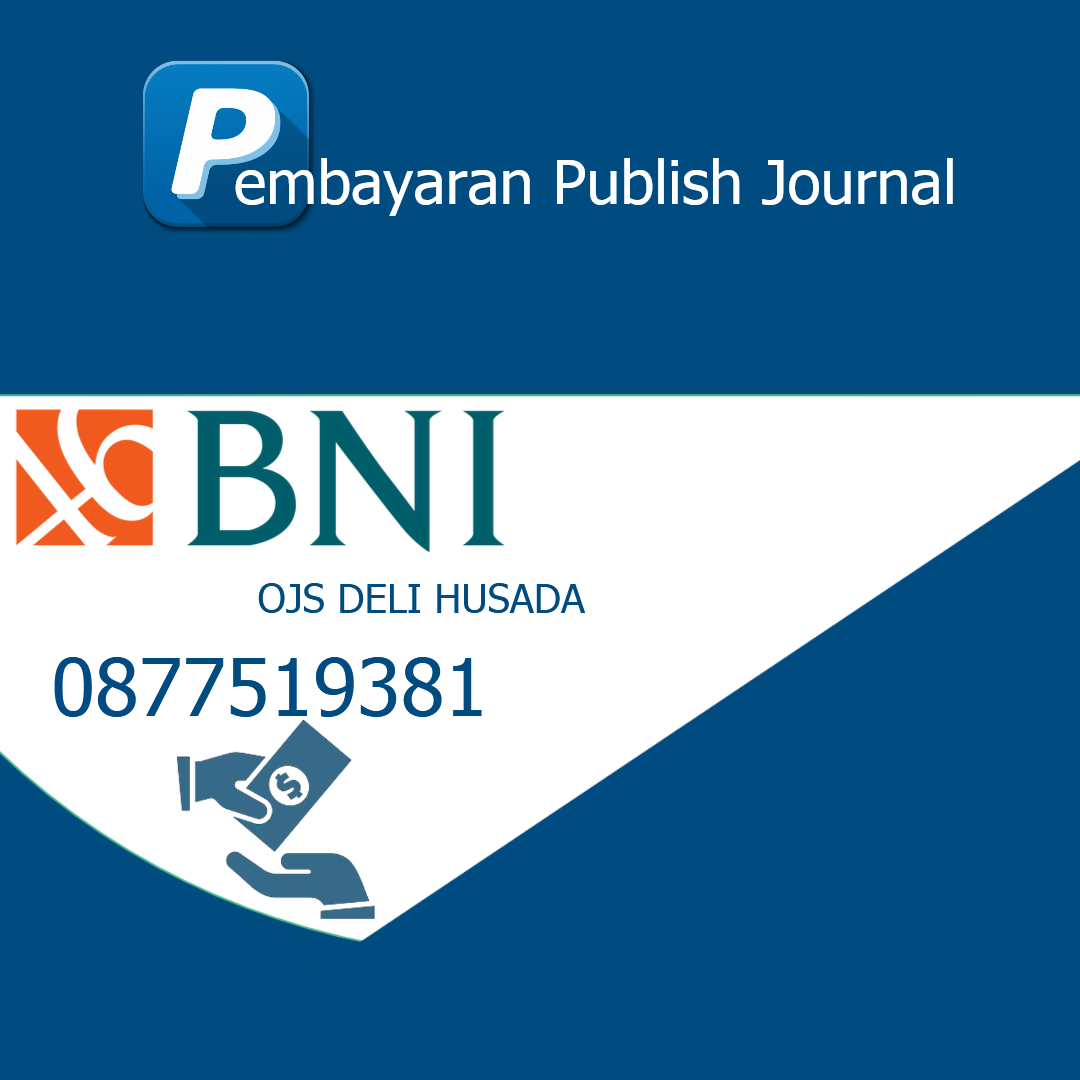PENGARUH FAKTOR ERGONOMI TERHADAP TERJADINYA PENYAKIT MUSCULOSKELETAL DISORDERS (MSDS) PADA PERAWAT RUMAH SAKIT UMUM SEMBIRING DELI TUA TAHUN 2022
Abstract
Ergonomics is a science, art, and technology that seeks to harmonize methods, tools, and the work environment toword ability, and all human limitations so that can work optimally without the adverse effects of work. The aim of this research is to know the influence of ergonomic factors on the occurrence of Musculoskeletal Disorders (MSDs) in nurses at the Sembiring Hospital, Deli Tua in 2022. The design of this research is quantitative research with the cross sectional design. The research was done on 14 - 19 march 2022 to by using questionnaire. The population of this research is l nurses with a purposive sampling technique that obtained 30 sample of nurses. The independent variables are work postures, work shifts, job rotation, and variables related to Musculoskeletal Disorders (MSDs). After the data has been collected, it is analyzed using the Chi-Square test. The results of the research of moderate complaints MSDs with moderate risk work postures were 17 respondents (56.7%) with p value = 0.014, moderate complaints MSDs with night shifts were 19 respondents (63.3%) with p value = 0.004, and MSDs with moderate complaints with non-rotational job rotation were 14 respondents (46.7%) with p value = 0.009 is an effect of ergonomic factors on the occurrence of musculoskeletal disorders (MSDs). The conclusion is there are influence of work posture, work shifts and job rotation on the occurrence of Musculoskeletal Disorders (MSDs) in nurses. Work posture is the most influential ergonomic factor than work shifts and job rotation on the occurrence of Musculoskeletal Disorders (MSDs).
References
Kemenkes RI. 2016. Profil Kesehatan Indonesia. https://www.google.com/url?sa=t&rct=j&q=&esrc=s&source=web&cd=1&c ad=rja&uact=8&ved=0ahUKEwjG-KDB3vXSAhVMGMKHZrlBwoQFggZMAA&url=http%3A%2F%2Fwww.depkes.go.id%2Fre sources%2Fdownload%2Fpusdatin%2Fprofil-kesehatan-indonesia. Diakses pada tanggal 10 November 2021.
OSHA. 2016. Guidelines For Nursing Homes Ergonomic For The Prevention Musculoskeletal Disorders. https://www.osha.gov/ergonomi cs/guidelines/nursinghome/final_nh_guidelines.html. Diakses pada tanggal 10 November 2021.
Rahman, A. 2017. Analisis Postur Kerja dan Faktor yang Berhubungan dengan Keluhan Musculoskeletal Disorders (MSDs) Pada Pekerja Beton Sektor Informal Di Kelurahan Samata Kecamatan Somba Opu Kabupaten Gowa Tahun 2017. Skripsi. Makassar: Fakultas Kedokteran dan Ilmu Kesehatan UIN Alauddin Makassar.
Sugiyono. 2019. Statistika untuk Penelitian. Bandung: CV Alfabeta.
Tarwaka. 2014. Ergonomi Industri Dasar-Dasar Pengetahuan Ergonomi dan Aplikasi di Tempat Kerja. Surakarta: Harapan Press.
Tarwaka. 2015. Ergonomi Industri. Surakarta: Harapan Press.
WHO. 2019. Musculoskeletal Disorders. Occup. Hyg. Third Ed. 000, 36–46. https://doi.org/10.1002/9780470755075.ch5. Diakses pada tanggal 10 November 2021.
Winarsunu, T. 2008. Psikologi Kesehtan Kerja. Malang: UPT Penerbitan UMM.









